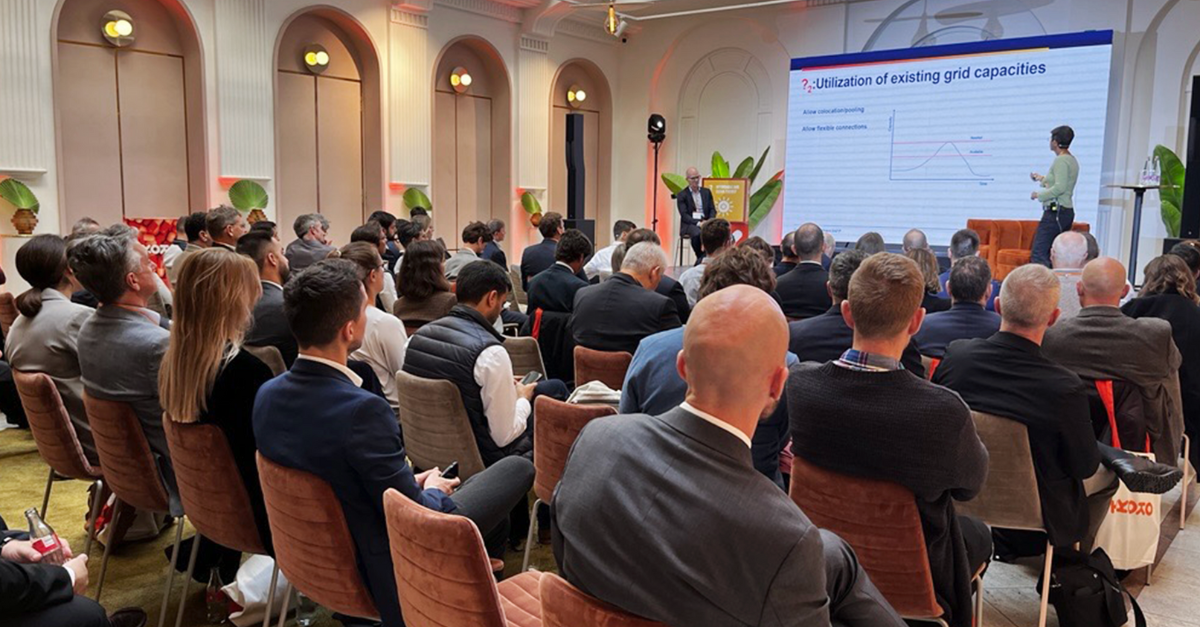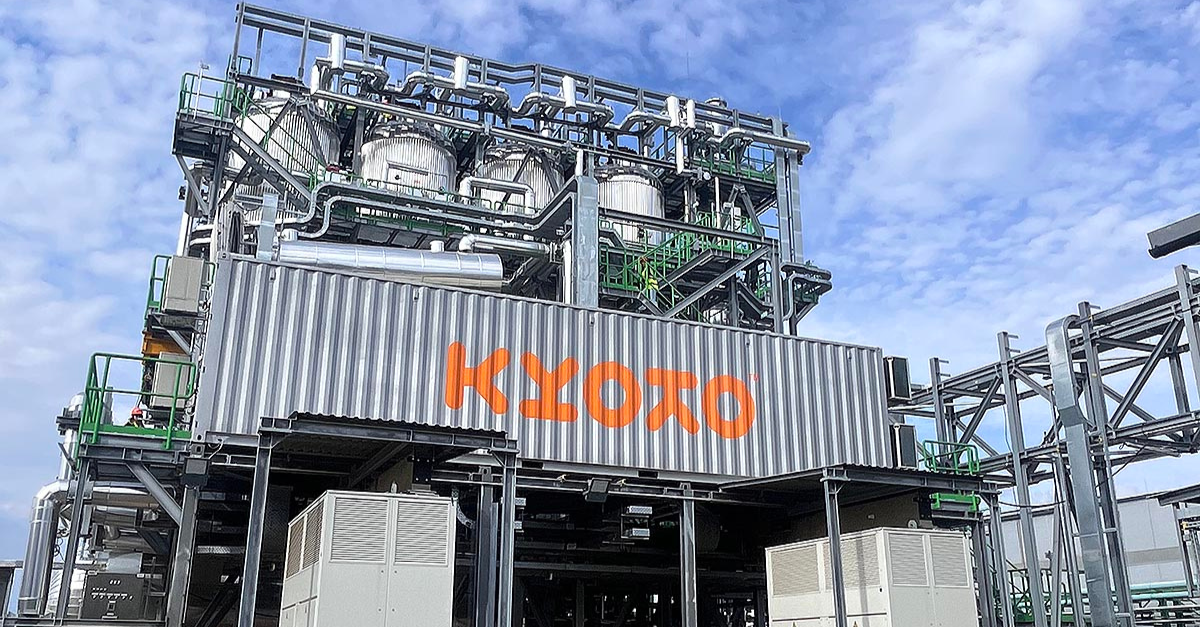Here’s how to take the fossil fuels out of your pharma formula — before it gives your CFO a splitting headache.
Pharma has a fossil fuel addiction — and it’s costing both the planet and your profits. The pharmaceutical industry is running out of time to decarbonise at 4.4% of global emissions and 55% more carbon-intensive than the automotive sector. It’s a bitter pill to swallow, but the question isn’t whether to change — it’s how fast you can cut fossil fuels from your production lines.
Decarbonization is no longer optional. It’s already happening.
As a pharma plant manager, you’re stuck in a pressure cooker. On one side: relentless ESG targets, tightening regulations, and fossil-fueled energy costs just keep climbing. On the other: leadership demands solutions that protect both margins and compliance. And if that wasn’t enough, you’re also navigating a regulatory labyrinth — from GxP and GMP to the growing complexity of the energy market.
And every choice you make today will echo across your climate impact, your supply chain — and your bottom line — for years to come.
In a rush? Read the 4-step formula to decarbonize your pills >
The first question to ask: Do you have to decarbonize?
To help pharmaceutical companies navigate the complexity of decarbonization, we sat down with Lars Martinussen, Commercial Director Northern Europe at Kyoto Group.
With years of experience in industrial energy transitions — and with his ear always to the ground — Lars has seen first-hand the challenges companies face when moving away from fossil-fueled process heat — and why acting now definitely is your smartest move.
– It might seem unnecessary to even ask if the pharmaceutical industry has got to decarbonize, he says. - But it’s an eye-opener.
He points out that many pharmaceutical companies face a significant gap — between the expertise required to pull off a profitable energy transition and the business-as-usual operations they’ve run for decades. In many cases, he stresses, gas boilers are still the backbone of high-temperature sterilization or energy-intensive API synthesis processes.
Lars says the real question starts here: How’s the pharma industry to move past them?
– If you answer “yes” to the need for industrial decarbonization, Lars says, – follow up with: What is it going to take? What are the risks and benefits of acting now versus delaying? Is it possible to postpone the question for, say, five years?
– It sounds like you’re implying the only real answer is ‘yes ’— decarbonize now?
– Exactly. Stick with fossil-fuel heat, and you’ll face soaring CO₂ costs and growing ESG pressure from every direction, he says.
Take the EU’s Green Deal Industrial Plan and global initiatives like the UN’s Net Zero Healthcare initiative, already backed by pharma giants like GSK and AstraZeneca. The pressure on the industry is growing — not just from regulators, but from healthcare providers and investors demanding low-carbon supply chains. With scope 3 rules tightening across Europe, pharma companies that delay decarbonization risk losing credibility, contracts, and access to key markets.
And the consequences don’t end there. Companies dragging their feet on clean heat also face higher borrowing costs, dwindling investor interest, and a consumer base that’s paying closer attention than ever before.
– So, Lars says, going forward. – The real question quickly becomes: “Do I want to keep shipping pills — or end up on someone’s non-compliance list?” Of course, you don’t.
Assess in-house expertise or identify knowledge gaps
It may feel strange to mention painkillers and decarbonization in the same sentence. After all, you’re a pharmaceutical manufacturer — not an energy utility, right?
But the reality is that electrification and decarbonization are non-negotiable, even in this highly regulated industry. With the EU’s legally binding target to cut emissions by at least 55% by 2030 — and growing consumer demand for sustainable production — the pharmaceutical industry is facing intense scrutiny to reduce its carbon footprint, fast.
– This all boils down to one thing: do you have sufficient expertise within your company?
Lars Martinussen explains that many pharmaceutical companies assume they’ve got it covered. After all, they know their production processes and regulatory requirements inside out. But understanding energy markets and how to navigate a green transition is a different ballgame.
And that’s exactly where the pharma company’s project manager or energy manager fits — right between a somewhat vague understanding of the ongoing transition and the challenge of determining how to act.
– It’s a grey zone for many manufacturers, Lars says. – That’s why I stress that the ultimate question comes down to expertise and resources: Do I have enough technical, commercial and energy market know-how within my company to make a qualified assessment of what’s actually needed for us to electrify?
He smirks and adds:
– Without the right expertise, you’re just hoping for a placebo effect.


